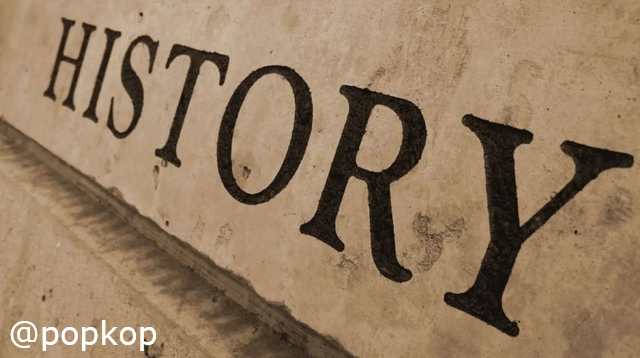
Hi, Steemians…
(Kurgan - in translation means mound)
Almost certainly, in every city there is such a height, which has its own special historical value. The highest place of my city is the world famous "Malakhov Kurgan"....

Its height is 93 meters above sea level and this gives hope that in case of the melting of the glaciers of Antarctica, it will not flood. The commanding height of this hill allowed the Russian army in the Crimean campaign of 1854-55 to restrain the onslaught of the British-French-Turkish forces, during the First Defense of the city.

Its very name arose by the name of captain Mikhail Malakhov, who settled in Sebastopol in the 20s of the 19th century. He commanded a sailor company of military builders, he lived near the mound. He was very reasonable and not greedy, for which he had great respect from the local people. In many disputes he was appealed to as an arbitrator. As far as I know, throughout the entire history of the city, the name of the mound was not even attempted to change. So it strengthened.

A year before the siege, realizing the importance of the supreme height, the fleet command decided to organize a defense system here, in addition to building a stone bastion here. It was a two-level structure, on top of which were implements. There were also equipped with defensive redoubts, open type and equipped with guns. These guns fired cores and canister. All this was cast at the bottom, in the workshops near the sea, and then went up.

The siege of the city began in September 1854 with such a powerful artillery bombardment that the upper part of the stone bastion was completely destroyed, but the lower floor survived. By order of Vice-Admiral V. Istomin, the bastion was partially restored, but a dressing and powder warehouse was built inside it. Around the top of the hill, there were more than 70 guns in positions.

As I said, the guns were locally produced, the oldest of which was found in 1803. Technologically they are already obsolete. The Allied army was fully armed with rifled weapons, while the Russian army still used a smooth-bore, and only partially. The Allies fired further and more precisely, in connection with this trench warfare was extremely difficult for the Russian army. The British and French dug trenches a little farther than a shot from our fortifications, while they themselves freely covered Russian positions with their fire.

Wars have always been a bloody affair, but in the 19th century it was a living hell. Attacking at once rose in the attack, hoping to have time to reach and capture the line of guns. Defenders were required to instantly respond with a volley of shrapnel. Up to a hundred attackers died from such a volley, and if they continued to advance, defense would begin in bayonets. For few dedicated ones, I will explain that shrapnel is a chopped piece of metal, about the size of half a thumb. The wounded died not from useless medicine, but from terrible wounds. Legs and hands did not hit, but tore off.

The defenders, for their own safety, put the fascists. It is a wicker material wrapped with sandbags, or folded together in several layers. Let me remind you that this word is translated from Latin and is a bunch of rods.

There is such data on the number of casualties of the Sebastopol defensive garrison, which included the entire Crimean army. In the days of shelling and attacks, up to 1,500 people died, on days it was simpler, up to 500. The attackers carried comparable losses. Count Leo Tolstoy, the author of the novel "War and Peace", who spent all his defense here until the end, from all he saw became a pacifist.

By the summer of 1855, the southern part of the city was taken in complete encirclement, and the entire defense was pressed against the Sevastopol Bay. After this, massive enemy artillery fire began. By the end of August all the fortifications and fire batteries on the Malakhov Kurgan were destroyed. August 27 began the last attack of the city and the mound in particular. In fact, all this day the battles went hand to hand. Prince Gorchakov, the last of the commanders of the Crimean army, at night led the entire army across the bay to the northern part of the city. And over the Malakhov Kurgan, the French hoisted their banner.

We can say that the war ended there. The enemy took the south side of the city, while the Crimean army dug in on the north side. All parties suffered enormous losses in manpower. A temporary truce was reached, which ended with the Paris Treaty of Peace. This war is still causing rather heated debates, considering that all sides of it, fought exclusively for imperialistic purposes. The details of the peace treaty were scanty in relation to the number of the dead. And they turned out to be more than 300 thousand for all participants.

The losses in this war, in England, are remembered along with the losses in both world wars. One of the central transport arteries of Paris is called Sevastopol Boulevard, and one of the urban suburbs - Malakhov. The names of all kinds of dishes in cooking around the world are devoted to this mound. Why so, I do not know. Apparently still because of the bloodthirstiness of this war.

Unfortunately, I don’t cite awful photographs here, as their affiliation is hard to identify and the rights to them have long been stolen.
The photo were taken by Canon A470
Original photos by @popkop
Thanks for your time!